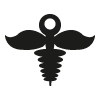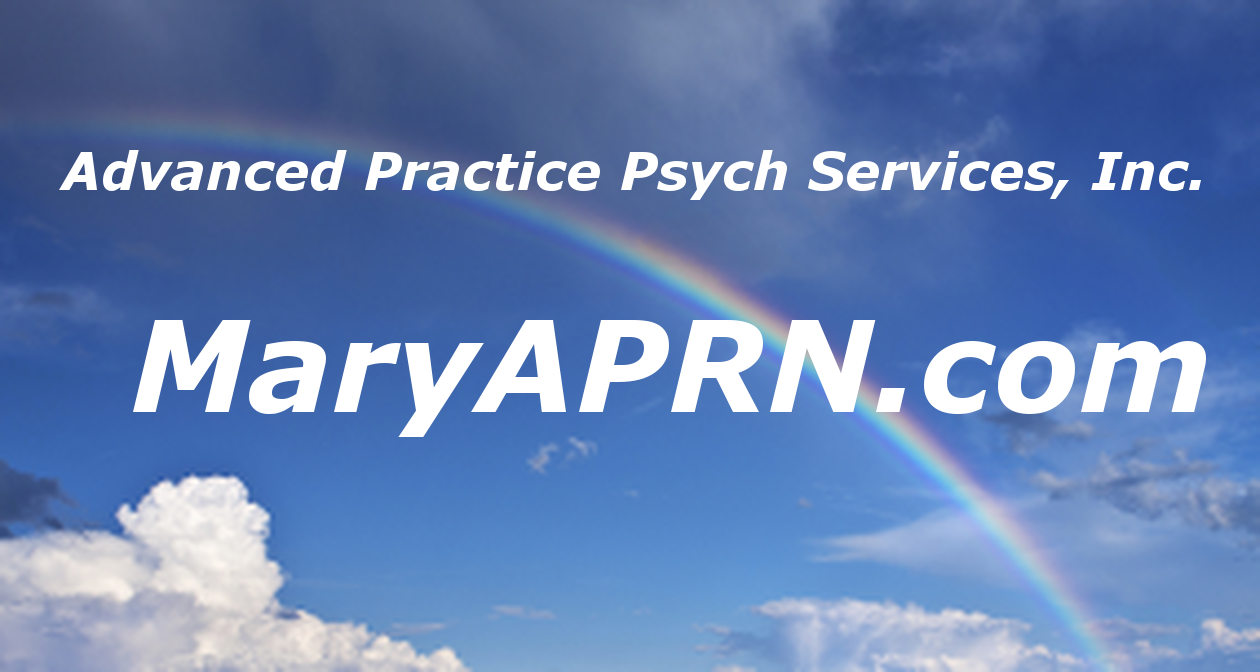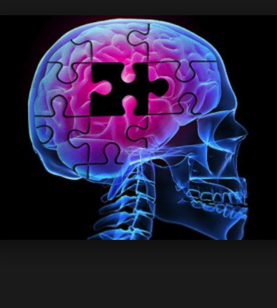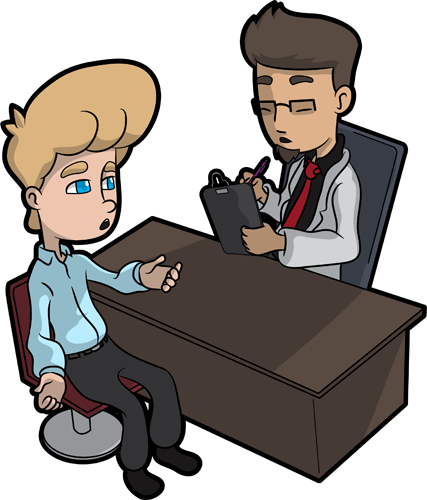TMS treatments for MDD | Transcranial Magnetic Stimulation

 It is estimated that globally 121 million people suffer from clinical depression.
It is estimated that globally 121 million people suffer from clinical depression.
Despite an extensive psychotherapeutic and pharmacological arsenal, many affected individuals continue to suffer while the burden on the health care system increases.
Of the millions affected worldwide, 20% to 40% are resistant to pharmacological antidepressant treatments while another third show poor response.
Many medications are associated with significant adverse effects (eg, weight gain, sexual dysfunction), and there is a recognized need for better treatment options for treatment-resistant depression.
Repetitive transcranial magnetic stimulation (rTMS) is a noninvasive, nonconvulsive neurostimulation treatment. Approval of an rTMS device was granted by the FDA in October 2008.
The most serious adverse effect is the induction of a seizure, which is exceedingly rare, with an estimated incidence of less than 1 in 1000 patients.
Mechanism of action
Magnetism and electricity are intrinsically related to each other. Electrical currents generate magnetic fields (eg, magnetic resonance scanners), and conversely, magnetic fields elicit currents in conductors.
TMS takes advantage of this link and makes use of the electromagnetic induction phenomenon to elicit a focal current in brain tissue strong enough to trigger action potentials in neurons. And, it does so in a noninvasive fashion (ie, there is no need for a surgical intervention).
A coil made of an electrical conductor that is isolated by a plastic shell acts as the inductor. When pulses of current pass through the coil, a strong focal magnetic field is generated (on the order of 1.5 to 2 Tesla). This magnetic field crosses the skull and soft tissue unimpeded; the brain tissue acts as the conductor, and an electrical current is generated parallel to the current in the coil windings and in the opposite direction.
The current induced is maximal at the focal point of the coil and diminishes with distance. It is sufficiently strong to cause neuronal polarization and depolarization in the volume lying 3 to 4 cm around the focal point. The entire procedure is carried out with no need for general anesthesia or prior procedural preparation (eg, intravenous line, heart rate or blood pressure monitoring), as opposed to other convulsive neurostimulation techniques, such as magnetic seizure therapy and electroconvulsive therapy.
Conventional TMS protocols typically target the left DLPFC. The discharge frequency of stimulation (ie, the number of times the magnetic field is generated and the current induced on brain tissue) is usually at a frequency of 10 Hz; this high-frequency stimulation increases cortical excitability.
Other protocols have targeted the right DLPFC using low-frequency stimulation at 1 Hz; this protocol decreases cortical excitability.
 A recent study presented at the 2016 Annual Meeting of the American Psychiatric Association (APA) in Atlanta, Georgia, investigated the effects of TMS on depressive symptoms in a private practice setting. The sample included 123 patients (67.5% female) with MDD who had not responded to an average of 3.9 treatment attempts with antidepressants. The mean number of TMS sessions that patients received was 40.8.
A recent study presented at the 2016 Annual Meeting of the American Psychiatric Association (APA) in Atlanta, Georgia, investigated the effects of TMS on depressive symptoms in a private practice setting. The sample included 123 patients (67.5% female) with MDD who had not responded to an average of 3.9 treatment attempts with antidepressants. The mean number of TMS sessions that patients received was 40.8.
Following the acute phase of treatment, patients demonstrated a 76.4 to 78.8 response to treatment as indicated by their Beck Depression Inventory (BDI-II) and Patient Health Questionnaire PHQ-9) depression scale scores, and no notable adverse effects occurred during or after treatment. Remission rates were between 52.5 and 72.4, and of these patients, an 80% long-term remission rate was observed among those available for follow-up assessments over a period of more than 4 years.
“These findings further establish TMS as a safe, effective and durable treatment option, both acutely and on a continued basis, for those who suffer from a high degree of symptom severity and/or do not gain relief from antidepressant medications,” concluded the authors.


